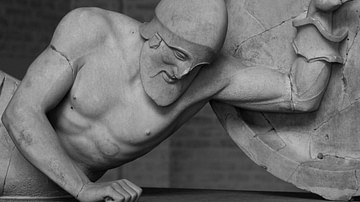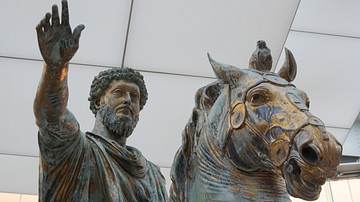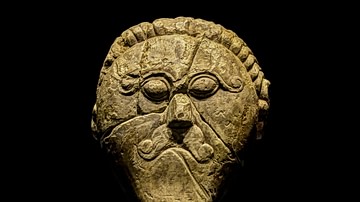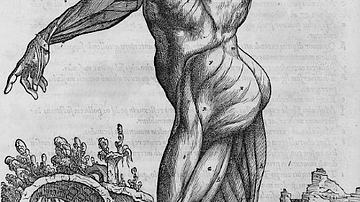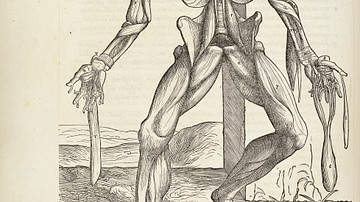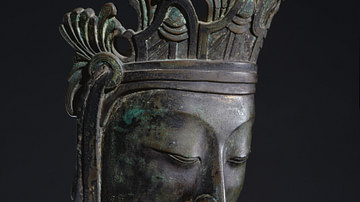Video
Cite This Work
APA Style
Museum, P. A. (2014, June 10). The Human Body in Ancient Greek Art and Thought. World History Encyclopedia. Retrieved from https://www.worldhistory.org/video/493/the-human-body-in-ancient-greek-art-and-thought/
Chicago Style
Museum, Portland Art. "The Human Body in Ancient Greek Art and Thought." World History Encyclopedia. Last modified June 10, 2014. https://www.worldhistory.org/video/493/the-human-body-in-ancient-greek-art-and-thought/.
MLA Style
Museum, Portland Art. "The Human Body in Ancient Greek Art and Thought." World History Encyclopedia. World History Encyclopedia, 10 Jun 2014, https://www.worldhistory.org/video/493/the-human-body-in-ancient-greek-art-and-thought/. Web. 07 May 2025.
